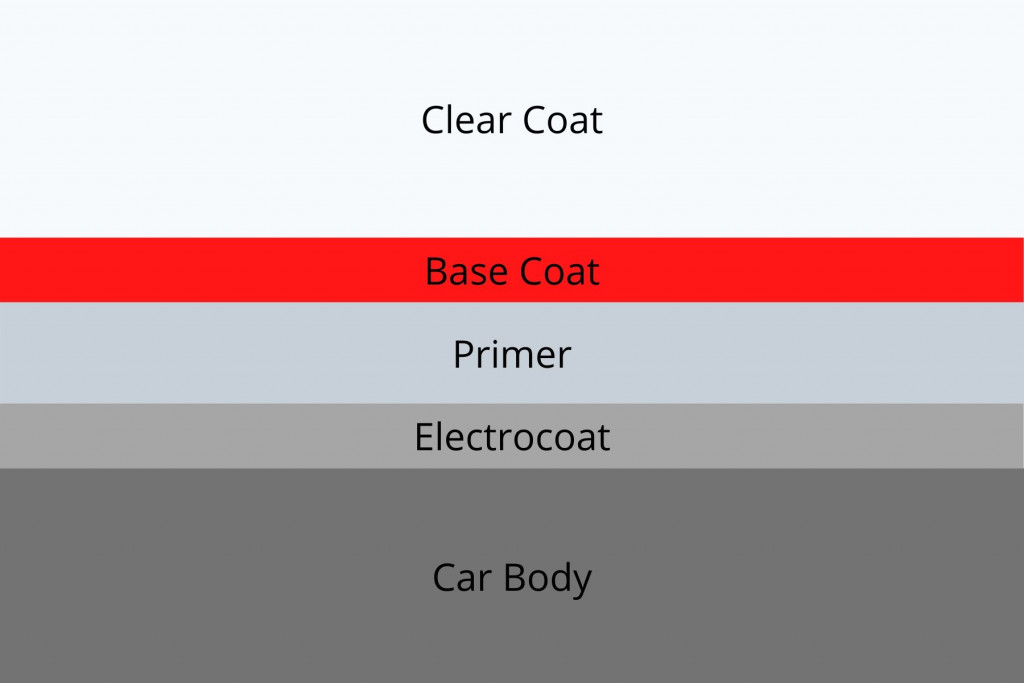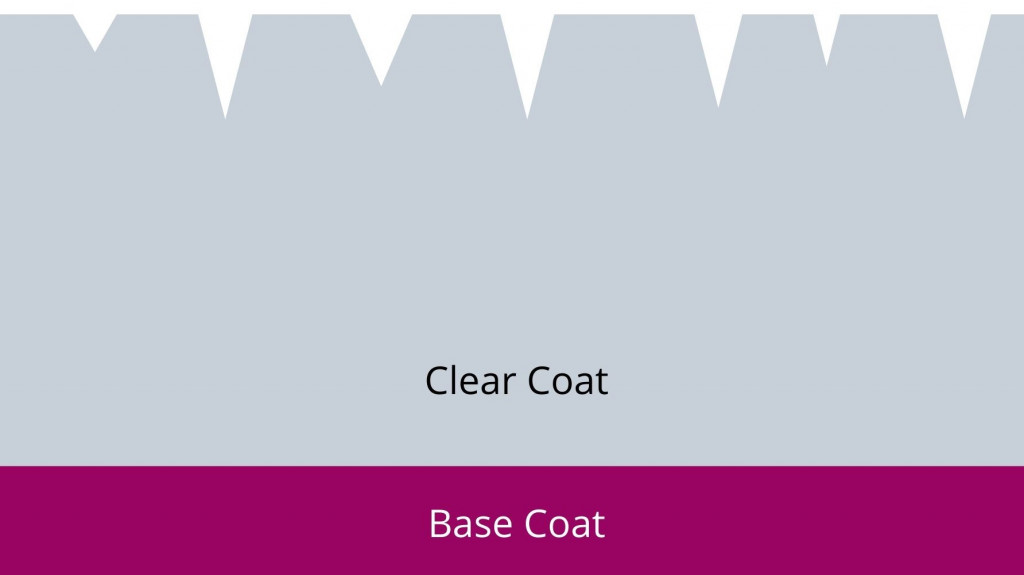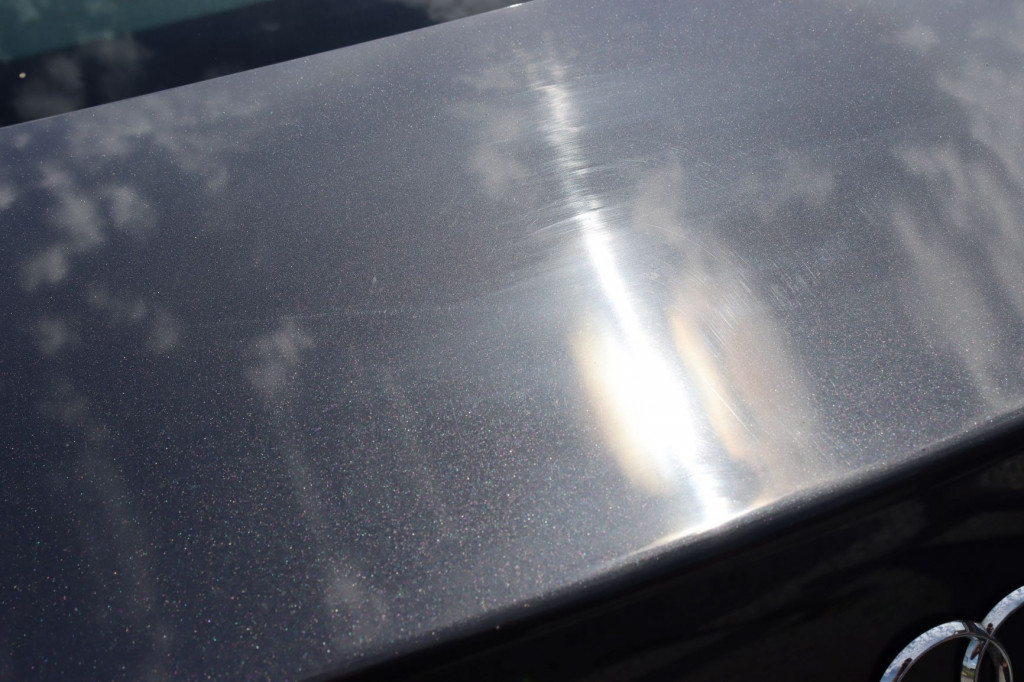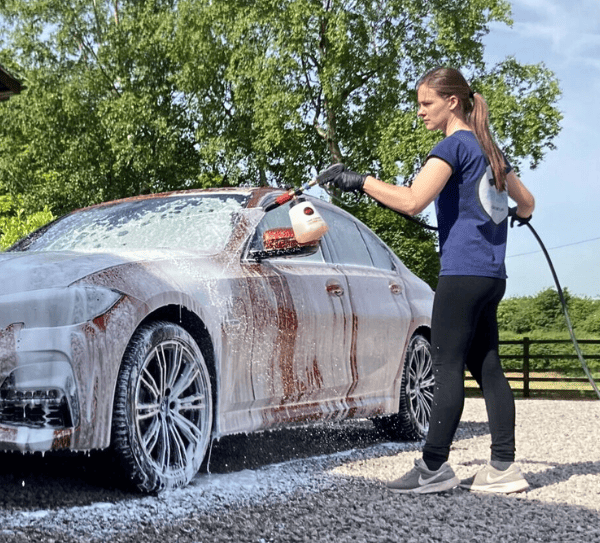All the time I see car covers on super expensive, brand new cars, and it makes me cringe. Unfortunately, most car owners don’t know about the damage that car covers can cause, and why they’re often more harm than good.
The Quick Answer
Car covers themselves are unlikely to cause scratches and damage, however, when they are applied and removed, they rub dust along the paintwork, which can cause minor scratches. This is very difficult to avoid because dust accumulates immediately after a car has been washed.
How Do Car Covers Cause Scratches?
It’s not actually the car cover itself which causes scratches, but the dirt and dust that it rubs into the paintwork.
High quality car covers, when used on a squeaky clean car, can potentially be safe. However, there is pretty much never a situation where a car is completely clean. And by that, I mean free from dust entirely.
Okay, so maybe the first few seconds after you wash it. But wait 30 minutes, and there will definitely be some dust on the surface, and you won’t even be able to see it.
This is where car covers cause the problem.
Car covers produce friction when they are applied to and removed from a vehicle. They essentially rub dust on the surface of the car, which causes micro scratches and swirls in the paintwork.
Check out this diagram.

Your car’s finish has several layers. The two most important to consider, are the base coat (colour) and clear coat.
The clear coat sits on top and protects the base coat from UV damage, corrosion, oxidation etc.
So you’d think this clear coat would be pretty tough right? Well, unfortunately not.
It’s actually incredibly delicate. And any form of friction can cause micro-scratches and “swirl marks”, which look like this. And remember, that dust is made of solid particles, so just because it doesn’t look like grit and dirt, doesn’t mean it won’t cause scratches.


These scratches are hard to see in normal lighting, but they’re very obvious once the sun hits the surface. They often look either swirly, or like spider webs. Even in normal lighting, they make the car’s finish look dull and flat overall.
The only way to remove them is by removing a layer of the clear coat by polishing, to expose a flat layer which reflects light evenly. However, this removes some of the UV protection that the clear coat offers. So it’s important to preserve it, by avoiding these scratches all together.
What About Non-Scratch Car Covers?
This is usually the next question car owners ask at this point. What if you purchase a super high quality “non-scratch” car cover.
The truth is, even these “non-scratch” car covers can cause clear coat scratches and swirls. That’s because it’s not the car cover itself that causes the scratches, but the dust that it grinds into the paintwork when it’s applied and removed.
So unfortunately, even the super-soft non-scratch marketed car covers aren’t completely safe to use. Yes, the car cover itself may not scratch the paint, but the dust in between the cover and the car will.
What Should You Do Instead?
Okay, so if you can’t use a car cover, then how should you actually protect your car from the elements?
The best thing to do is keep your car inside, or at least under cover. This will help protect your car from UV, rain fall, tree sap, bird mess etc. Essentially, your car’s clear coat will be well shielded from the elements without the use of a cover.
If your car is in a clean garage, then there is no real benefit to using a car cover.
But what if you don’t have access to a garage or under-cover storage? Should you use a car cover then?
The answer is still no. You can protect your car’s paintwork and trim using other products.
Make sure you either have a durable wax, sealant or ideally, a ceramic coating on the paintwork to protect the clear coat. Use a trim dressing to protect the rubber and plastic on your car. You can even apply a glass sealant to protect it from contamination.
This kind of protection is all more than adequate to protect your car, without the need for a car cover.
Just remember to wash it regularly (every couple of weeks), and keep the protection topped up and your car will look shiny for years to come.
And if your car is currently parked under a tree where it’s susceptible to bird mess and tree sap, then definitely try and move it. These contaminants can cause corrosion and really damage your paint.
Even if it means having to walk a bit further to your destination, your car will thank you for it!
Thanks for reading! I hope you’ve found this article helpful. Don’t forget to check out the rest of the website to learn more about keeping your car looking its best.

